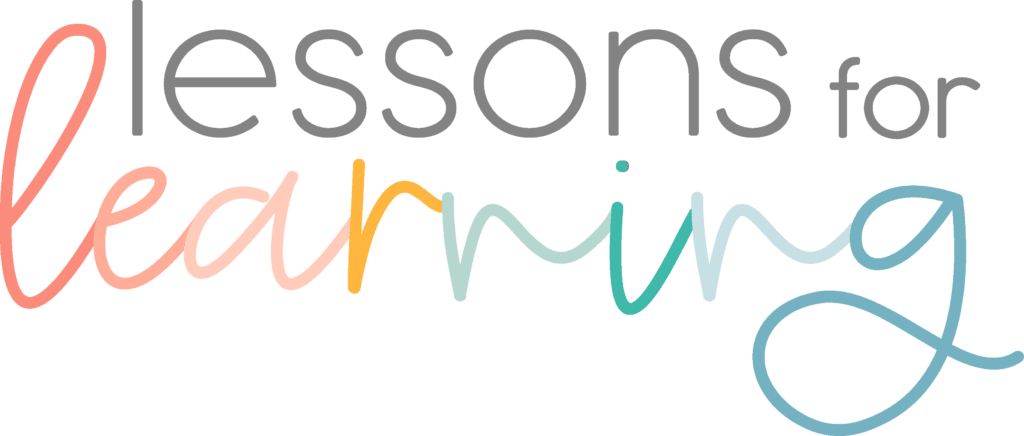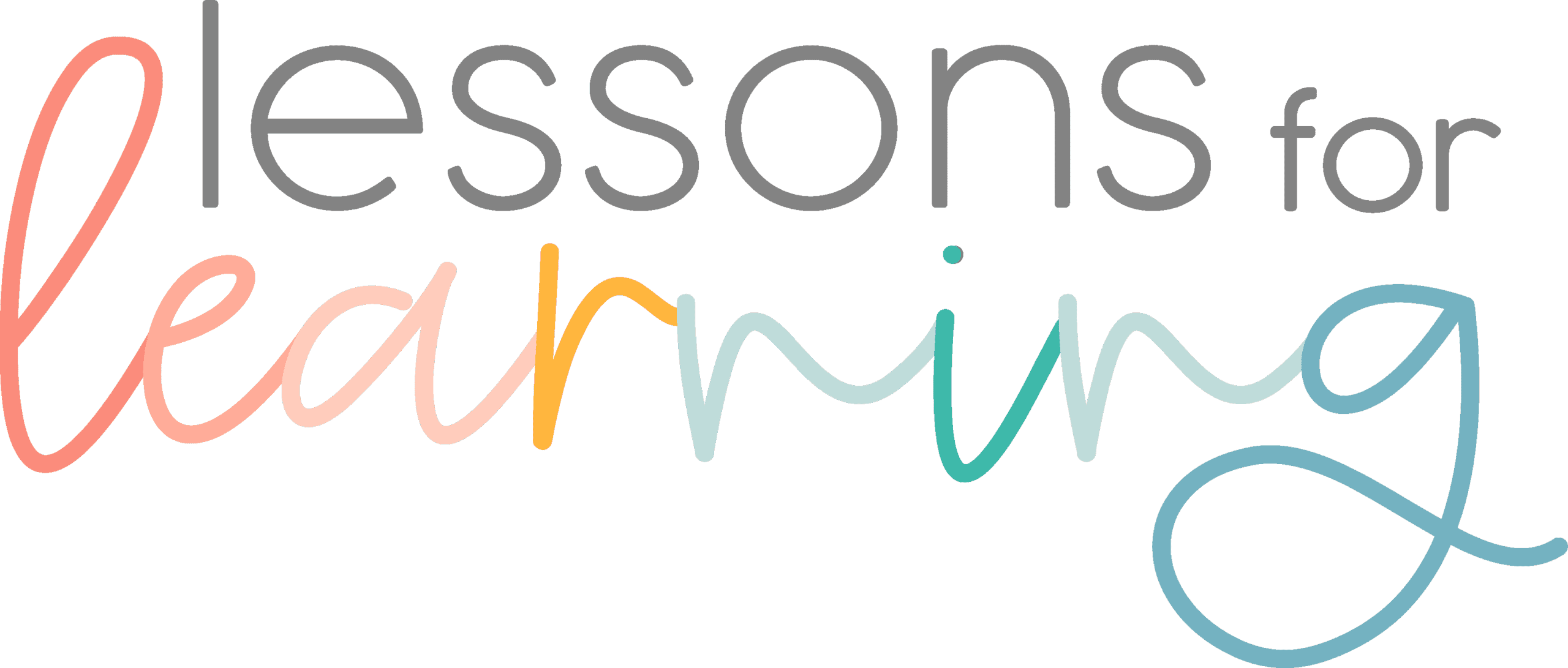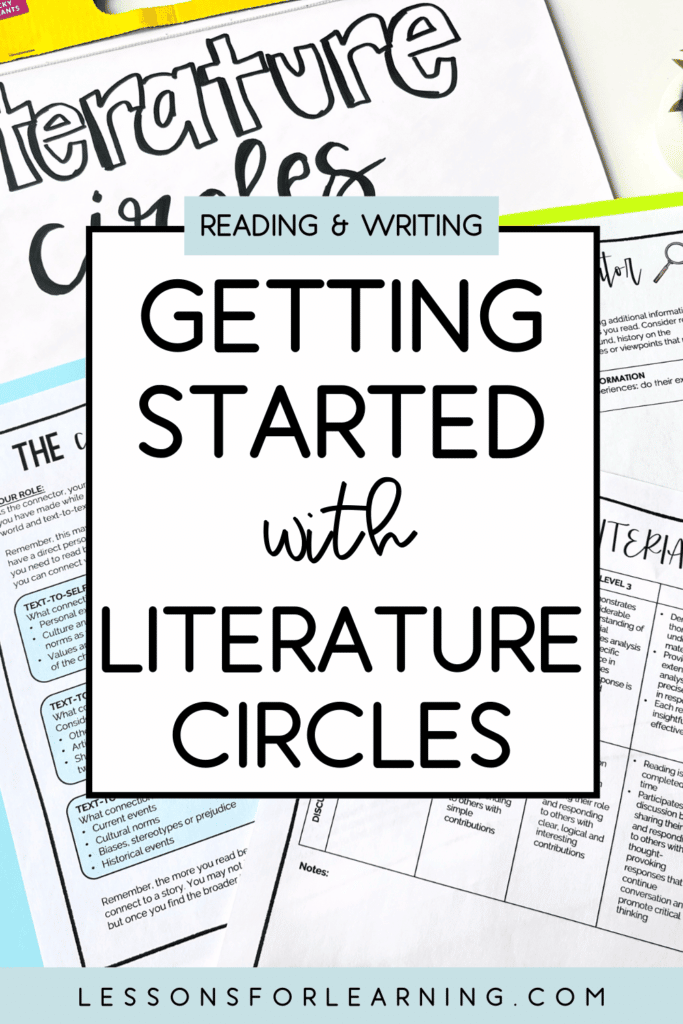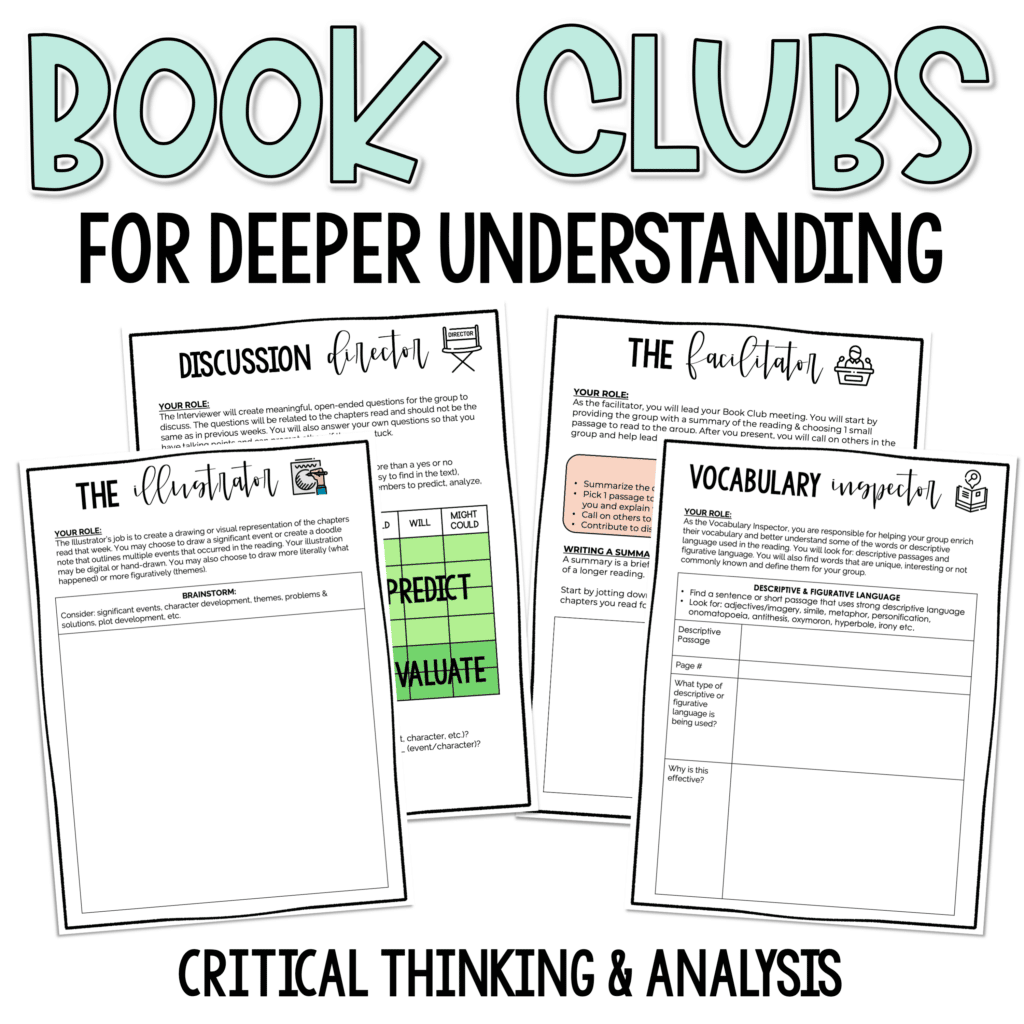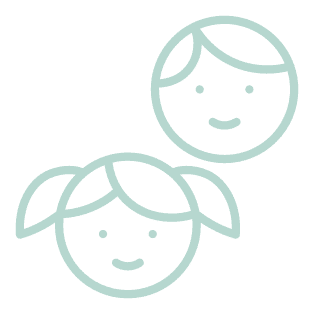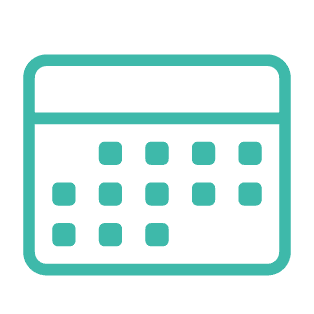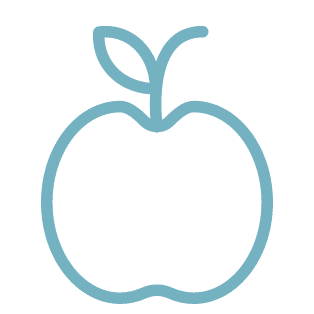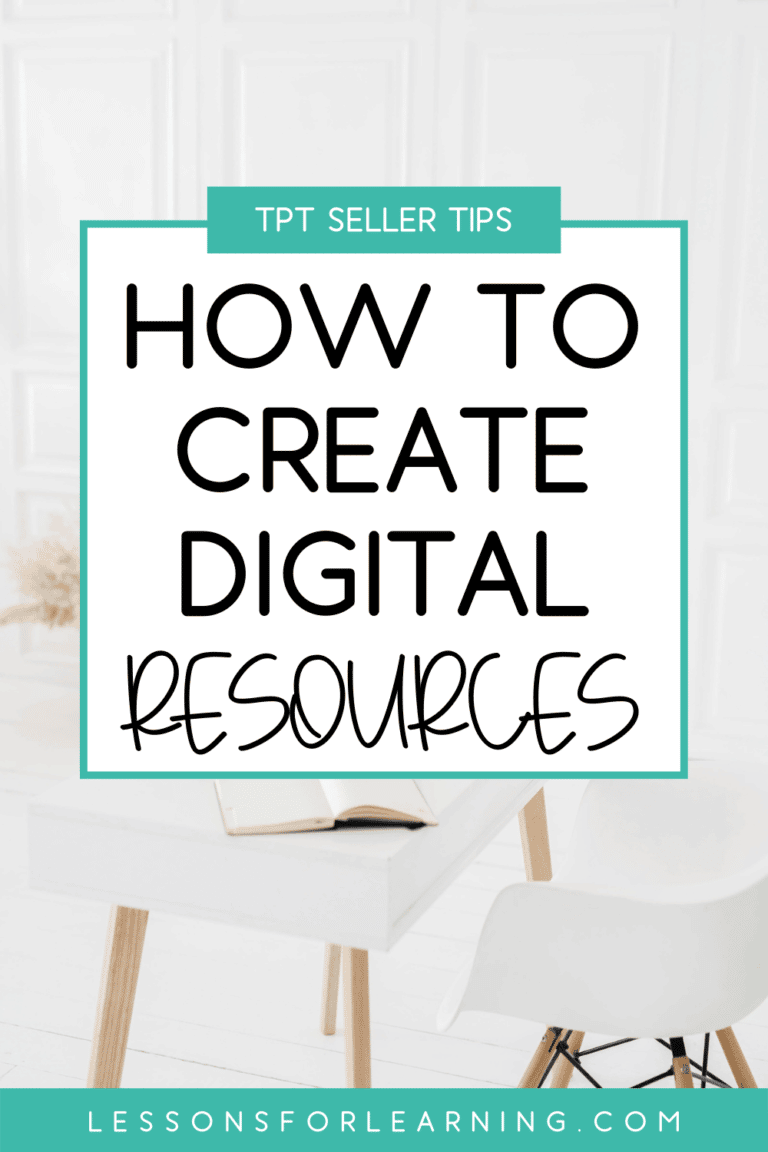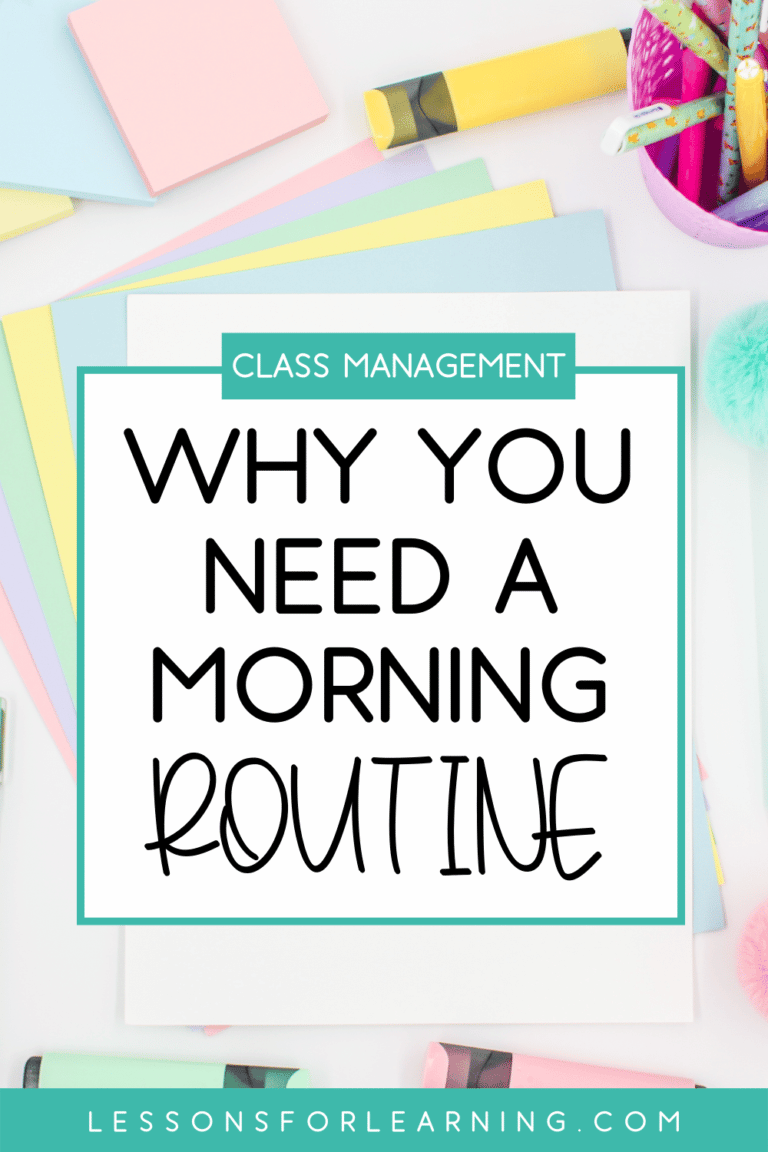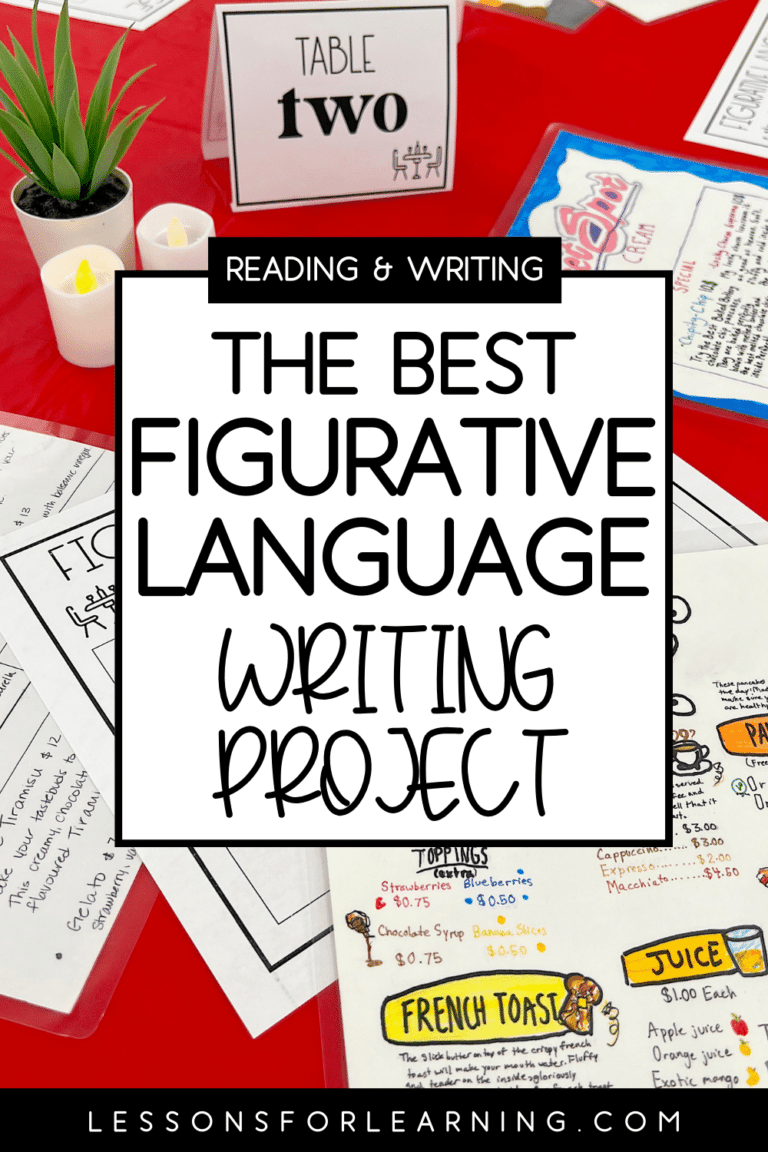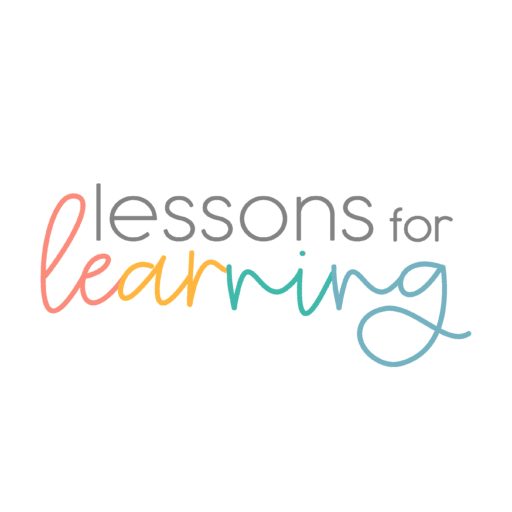Literature Circles are a great way to get your students excited about reading independently. They offer choice, variety and so many opportunities for learning. The variety of curriculum expectations you can check off in 5 weeks is a teacher’s dream. So, if you’ve been thinking of implementing these but don’t know where to begin – this is for you. We will talk about getting started, literature circle roles, a weekly schedule and how to assess!

Book Clubs vs. Literature Circles
The terms “Book Clubs” and “Literature Circles” can be used interchangeably. Personally, when I think of Book Clubs, I think of something a little less structured with more free-flowing conversations, opinions and questions about the reading each week. Literature Circles tend to be more structured because there are specific roles provided to students every week that help lead the discussion.

How to Start
The first thing you need to do is select some novels for your students to choose from. I would suggest offering 4-6 options depending on how big you’d like the groups to be (and/or the number of copies you have).
I always try to pick novels that are quite different in theme so that each student can find at least one option they are excited about. The books I have chosen for this year are:
- The Outsiders
- 90 Days of Different
- Ghost Boys
- A Long Walk to Water
- Fish in a Tree
- The Best At It
These vary in theme but they also vary in length and difficulty, which makes differentiation a breeze. I explained each book to the students and had them vote on their top 3 choices using a Google Form.
Literature Circle Roles
Literature circle roles can be different based on the grade you are teaching. When I created my roles, I really wanted to focus on critical thinking and analysis, rather than just base-level comprehension. The roles I use are:
- The Facilitator: provides a summary of the chapters read and choses one interesting passage to read to the group
- Discussion Director: creates higher-order thinking questions to ask the group during meetings
- The Investigator: finds additional information that may help the group better understand the chapters read (e.g., background information on the author, history of the topic/main problem/theme/setting and/or different character perspectives)
- The Connector: makes text-to-text, text-to-self, and text-to-world connections to the reading
- The Illustrator: creates a drawing or visual representation of the chapters read and explain the significance of what they drew
- Vocabulary Inspector: helps the group better understand the words and descriptive/figurative language used in the text
If you’d like to grab my Literature Circle roles handouts and have this all done for you, click here. There are digital & printable versions as well as an introduction slideshow!
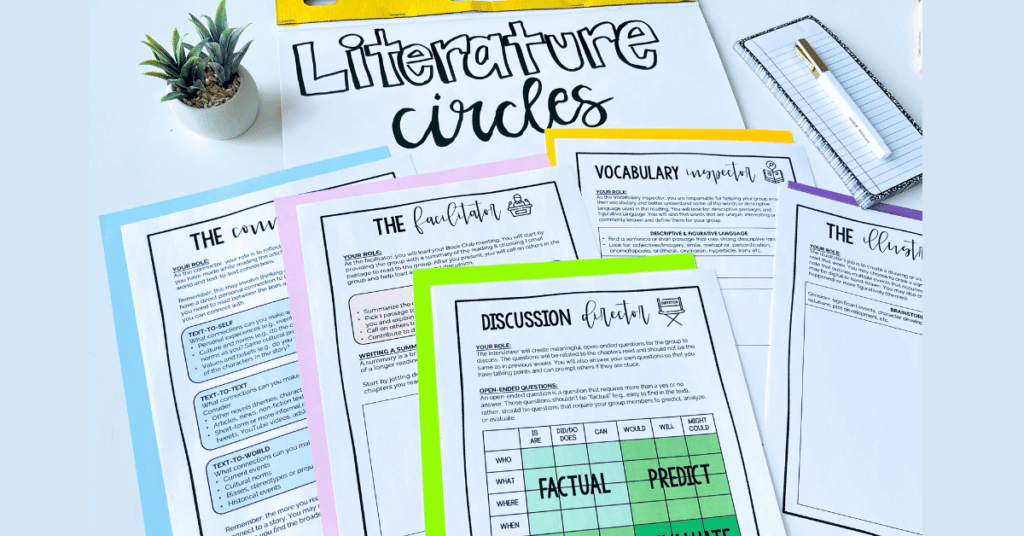
Weekly Schedule
Once you have the books and literature circle roles picked, it’s time to create a schedule. You can do whatever works for you, but here are some samples below:
HIGH TEACHER INVOLVEMENT:
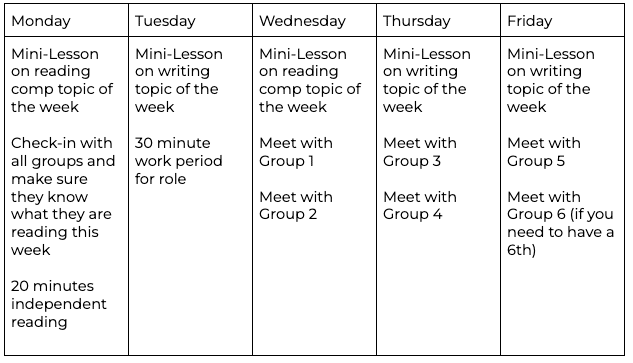
LOW TEACHER INVOLVEMENT:
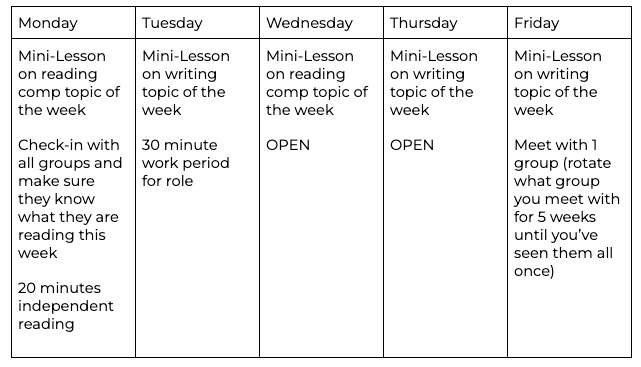
Whether you want to have high or low involvement will depend on your students and how well they work independently. If you choose to only meet with the group once, you may consider having them all fill out a reflection form and self-evaluation after their meetings.
If you choose to meet with all of the groups every week, you will need to make sure you have clear expectations for what the rest of the class will be doing for those 3 days of meetings. For example, a clear list of things they can work on independently if they finish preparing for their role.
How to Assess Literature Circle Roles
How you’re going to assess literature circles depends on how much involvement you want to have during the meetings. If you are going to be in every meet, I would simply use an anecdotal tracking form for each group and assess their work for each role, on the spot. By the end of 5 weeks, you will be left with 5 marks that all pertain to a different reading comprehension standard.
Alternatively, if you will just be meeting with them once, I would assess them that day on oral communication skills and participation. Then, I would take their workbooks or Google Slides and assess their roles on my own time.
In conclusion, Literature Circles are an amazing way to get students excited about reading independently. From the choice, to the accountability and peer-collaboration, your students will be begging to do another novel by the end of it!
